Manet: Portraying Life
Capturing the Paris of his day and legitimizing ‘modern life’ as an artistic subject, Edouard Manet, with his candid approach and stunningly subversive use of paint and subject matter, is seen as the father of modern painting. So, it’s rather fitting that London’s wonderfully atmospheric Royal Academy of Arts is currently staging its first major Manet exhibition.
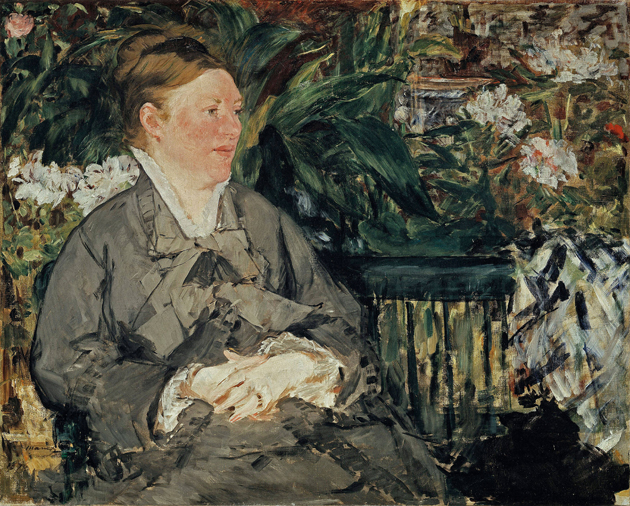
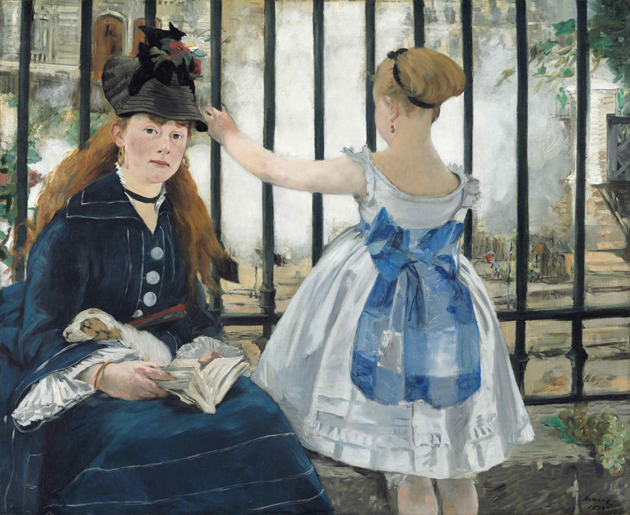
Arranged thematically, ‘Manet: Portraying Life’ explores the lives and loves of Manet’s nineteenth Century Paris through 50 portraits, that themselves redefine traditional ideas of portraiture. Vibrant, intimate and challenging, these works have a unique, photo-like feel and effortlessly blur the line between staged, carefully constructed portraiture and scenes of everyday life. This makes them as captivating now as they were in Salon days gone by.
A highlight is ‘Music in the Tuileries Gardens’ (1862). At first it appears to be nothing but a hypnotic and colourful sea of humanity, yet you soon discover that the painting brings together Manet’s cultural world. This artist, theorist and musician-filled piece, considered compositionally daring at the time, was designed to reflect Charles Baudelaire’s definition of modern beauty, and by extension Modernity – something Manet was particularly fascinated by. By showing these elegant Parisians in a blurred, chaotic manner, Manet is able to reflect modern life – a chaos, a constant, overwhelming experience filled with people and ideas, known and unknown, that gradually, when given the appropriate attention, become recognizable. Hanging alone in an Academy room, you find yourself just standing and staring at this piece. It’s busy, beautiful and utterly enthralling.
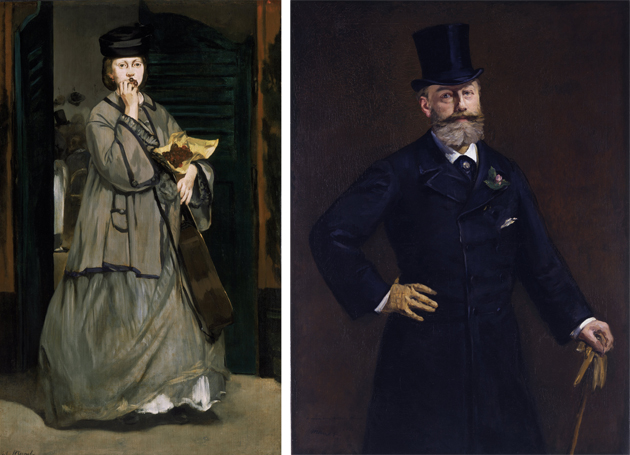
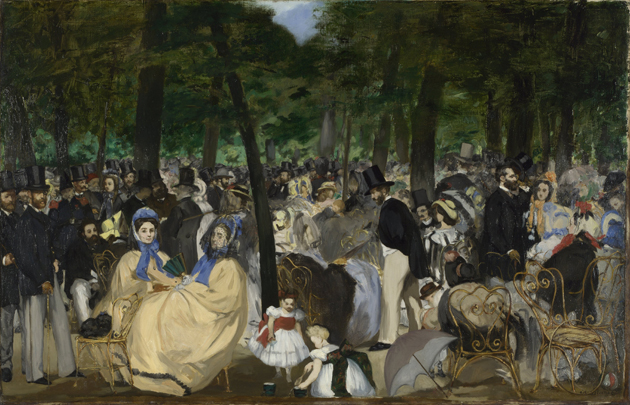
The intimacy of the works is astounding. None of the portraits feel posed. Rather it’s as if you’ve stumbled upon the sitters going about their daily business. ‘Berthe Morisot with a Bouquet of Violets’ stares at you as Manet would have stared at her. Unblinking, unapologetic and genuinely stunning. She seems completely unaware that she has been captured in time – or that she became the poster girl for the exhibition itself. This only seems to make her more alluring. In ‘The Luncheon’, Manet’s young, nonchalant sitter is actively walking out of the painting. Seeing these natural, seemingly spontaneous works you begin to understand Manet’s artistic significance. He captures what most modern artists still strive to – a truthful, seemingly natural image of the sitter and their own unique world.
As his paintings would imply, Manet was a fairly colourful and contradictory character. He once dueled with critic Edmond Duranty over an article (affable relations were quickly reestablished) and refused to be exhibited with the Impressionists; despite considering Degas and Monet close friends and going down in history as a central figure in the transition between Realism and Impressionism. Artists, and art for that matter, were never meant to be simple.
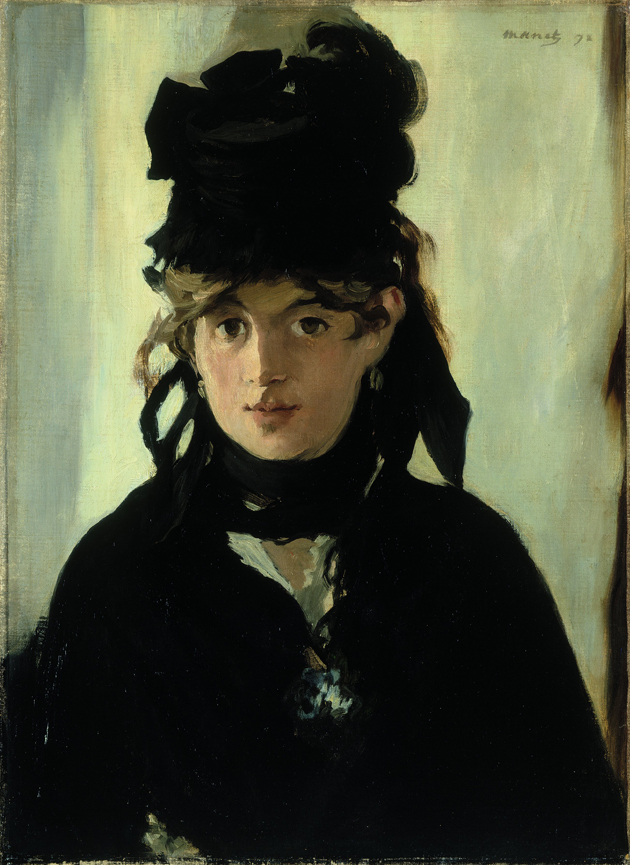
Manet: Portraying Life is on at the Royal Academy of Arts, London, until 14 April 2013. It has previously toured to the Toledo Museum of Art in Ohio.
Liz Schaffer
